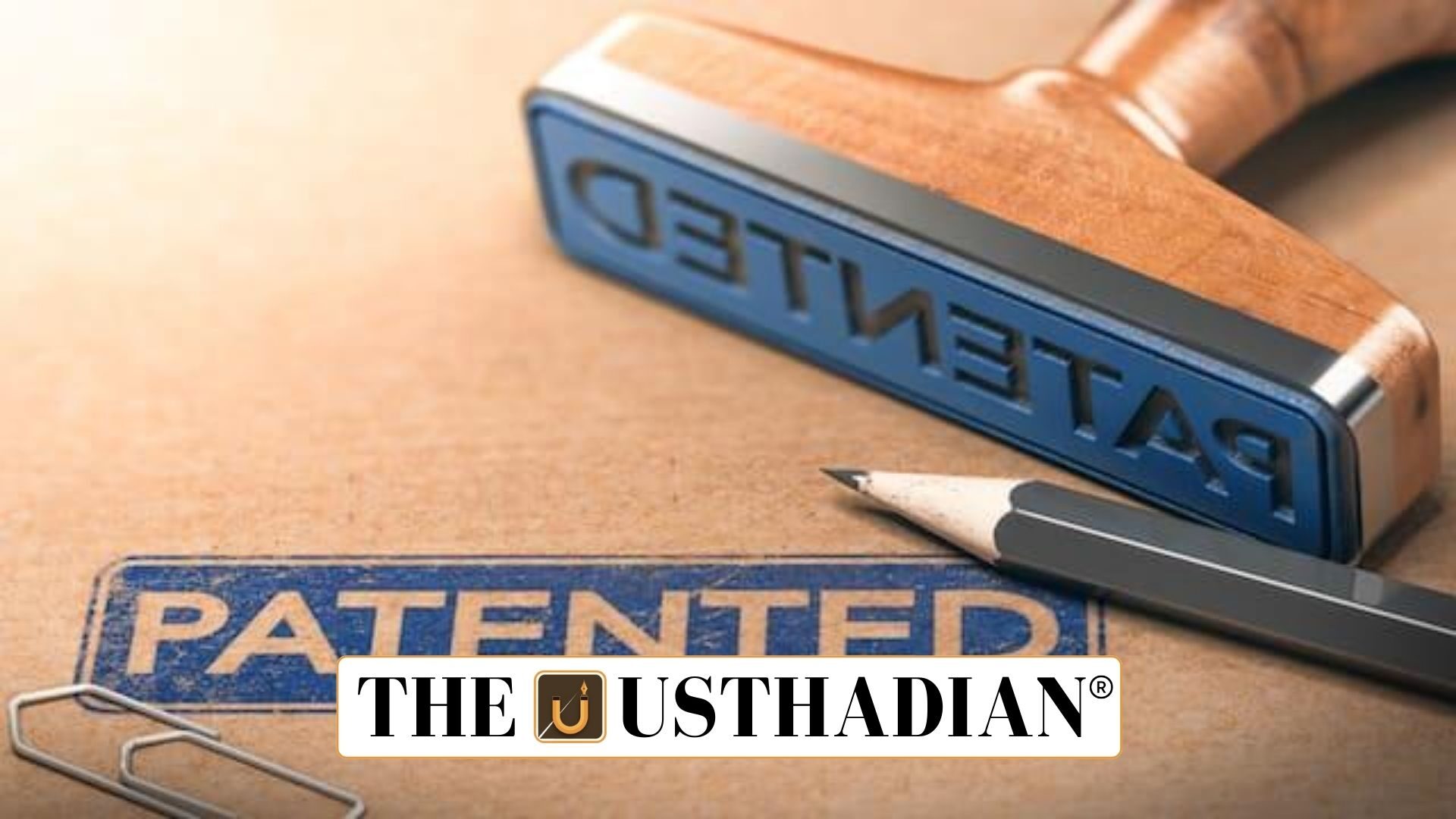Growing Share of Domestic Patents
India’s Patent Growth Reflects Innovation Momentum: India’s innovation map is undergoing a major transformation. In 2023, over half of patent applications (57%) were filed by Indian applicants, compared to less than 20% in the early 2000s. This marks a clear shift from dependency on foreign filings to a homegrown innovation ecosystem. By 2021, India had also become the second-largest nation for patents granted, moving ahead of the United States.
Static GK fact: India’s first patent system was introduced during British rule in 1856.
Policy Push for Innovation
Government policies have been central to this change. The National IPR Policy and Atal Innovation Mission promote patent awareness and protection of ideas. Measures such as fast-track examinations, digital filing systems, and 80% fee waivers for startups and academic institutions have lowered barriers. These steps have encouraged students, researchers, and entrepreneurs to actively secure intellectual property.
Static GK tip: Atal Innovation Mission is a flagship initiative of NITI Aayog, launched in 2016.
Shift in Sectors of Patent Filings
Patent data highlights a transition toward advanced technologies. Computer science patents increased from just 1.27% in 2000 to 26.5% in 2023. Electrical engineering applications rose to 16.41%, while biomedical inventions climbed to 10%. Physics-related filings also doubled. This signals India’s strengthening presence in cutting-edge and interdisciplinary research areas.
Faster Approval Timelines
Patent approval in India has become more efficient. Earlier, the process could stretch for 8–10 years. Today, many applications receive clearance in 2–3 years, and some are even granted in the same year. Although nearly 80% of filings are still awaiting review, the reduction in processing time is helping innovators bring technologies to market faster.
Static GK fact: India’s patents are regulated by the Controller General of Patents, Designs and Trade Marks (CGPDTM).
Changing Profile of Filers
The nature of applicants has shifted significantly. In 2000, companies filed 43% of patents. By 2023, this dropped to less than 17%. At the same time, individual inventors increased their share to 32%, while educational institutions contributed nearly 43%. Initiatives such as KAPILA have boosted awareness of intellectual property rights in universities and research institutions.
Academic Institutions Taking the Lead
India’s top universities and IITs are becoming patent leaders. IIT Madras increased its granted patents from 156 in 2022 to 300 in 2023, while IIT Bombay led nationally with 421 patents in 2023–24. Dedicated IP cells and legal support mechanisms are enabling researchers to file applications smoothly and partner with industry for commercialisation.
Static GK fact: IIT Kharagpur, founded in 1951, was the first IIT to be set up in India.
Need for Greater R&D Funding
Despite this surge, India spends just 0.67% of its GDP on R&D, which is much lower than the US (3.5%) and China (2.5%). Experts suggest that India must raise expenditure closer to 2% of GDP to maintain momentum. Stronger funding will strengthen basic research, advanced technologies, and India’s global knowledge leadership.
Static Usthadian Current Affairs Table
India’s Patent Growth Reflects Innovation Momentum:
| Topic | Detail |
| Share of Indian patent filings 2023 | 57% of total filings |
| Global patent ranking | India overtook US in 2021, 2nd largest recipient |
| Major initiatives | National IPR Policy, Atal Innovation Mission, KAPILA |
| Fee reduction for startups & institutions | 80% |
| Patent share in computer science 2023 | 26.5% |
| IIT Madras patents 2023 | 300 granted |
| IIT Bombay patents 2023-24 | 421 granted |
| Current R&D spending | 0.67% of GDP |
| Recommended R&D spending | 2% of GDP |
| Patent authority | CGPDTM under DPIIT |








